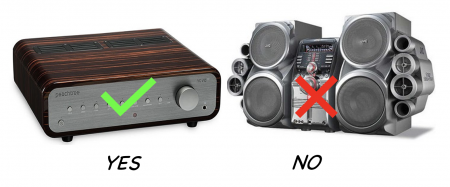Lawyer acceptance factor
In the olden days when hi fi was still a thing, spoddy gentlemen used to talk about the “wife appreciation factor” — could I get my new kit in the door without the missus hitting the roof? Generally an awesome total harmonic distortion rating won’t cut it. It has to look good — ideally invisible.
|
The design of organisations and products

|
Same goes when embarking on a user change journey, particularly one where the gang of redoubtable hobbits on that journey is comprised of members of the legal profession. The business case may write itself, the data granularity it promises to kick off may be overwhelming, but still it behoves a smart middle manager to consider how the “change journey” will present itself to the legal eagles whom you expect to go on it.
Because they’re a stubborn, recalcitrant lot, are our sibling lawyers.
Contrary to received wisdom, and however vigorously they may, as a class, declare themselves proudly prehistoric when it comes to technology, lawyers are not universal Luddites, and will hoover up any tech they come across that makes them get where they think they are going faster.
Mobile email, for example, got accepted so quickly that it barely was an innovation: it went from science fiction to the commonplace instantly, skipping a phase transition altogether, like dry ice subliming to CO2 to the point that it is hard to credit it was ever novel. Likewise, automated document comparison, remote working, and a host of other neat recent tricks.
But those innovations, however brilliant they may, in the abstract be, that don’t make a lawyer’s life easier: that are imposed on her to make someone else’s life easier — usually a bean counter’s — and ones that deprive her of her autonomy, or reduce her to a form-filling, button-pushing functionary — expect these to take a little while longer[1] to “catch on”.
See also
References
- ↑ i.e., until the Apocalypse.